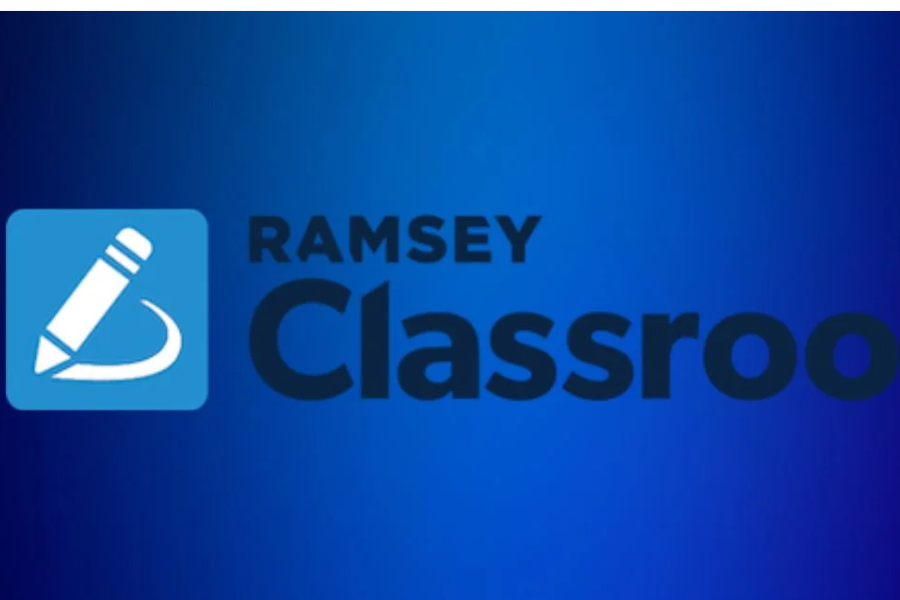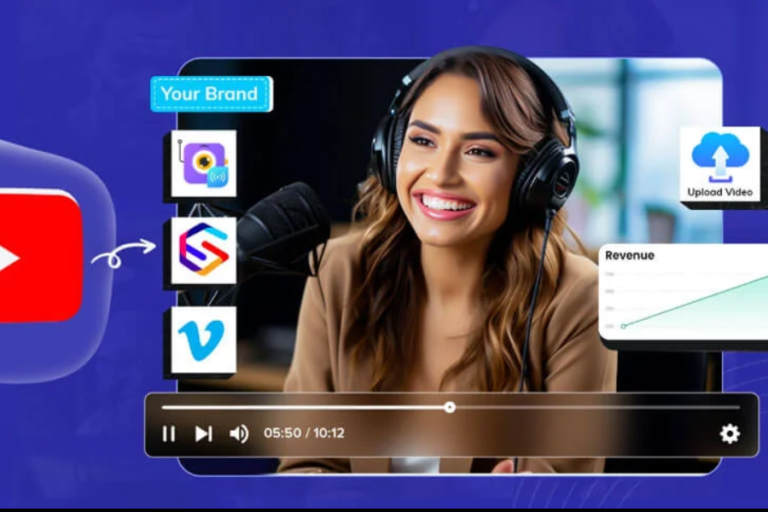Ramsey Classroom: Shaping Financial Literacy for Future Generations
In today’s fast-paced world, where financial decisions impact every aspect of life, understanding the fundamentals of personal finance has never been more critical. At the forefront of this mission is Ramsey Classroom, a groundbreaking educational platform that aims to empower students with the knowledge and skills necessary to manage money effectively. Through its digital curriculum, Ramsey Classroom brings financial literacy education into classrooms, preparing young minds to navigate the complexities of the financial world with confidence and clarity.
Founded on the principles laid out by financial expert Dave Ramsey, this program addresses a growing societal need for early financial education. Ramsey Classroom’s journey began over two decades ago, when Dave Ramsey’s own financial struggles inspired him to create a system that could prevent others from making the same mistakes. Now, Ramsey Classroom continues to influence students across the country, setting the stage for more financially responsible generations.
This article explores the Ramsey Classroom’s curriculum, the profound impact it has made on students, and the fascinating coincidence that shares the Ramsey name—Ramsey’s theorem in mathematics. By blending personal finance education with real-world principles, Ramsey Classroom serves as an essential tool for educators and students alike.
The Roots of Ramsey Education
Dave Ramsey’s story is one of transformation and resilience. Before becoming a well-known financial advisor, he was a successful real estate investor. However, mismanagement of his finances led to bankruptcy, an experience that shaped his understanding of money and motivated him to help others avoid similar pitfalls. Determined to rebuild his life, Ramsey dove into the world of personal finance, studying the mistakes that led to his downfall and developing a practical approach to regaining control over his finances.
Ramsey’s method focuses on practicality and discipline. At the core of his philosophy is the idea that personal finance is not just about earning money—it’s about how you handle it. His advice centers around budgeting, saving, living debt-free, and avoiding the traps of credit and consumerism. Ramsey’s approach resonated with millions, and his commitment to spreading financial literacy grew into a movement, eventually leading to the formation of Ramsey Solutions—a company dedicated to helping people achieve financial peace.
The Birth of Ramsey Classroom
As Dave Ramsey’s teachings gained popularity, he recognized a critical gap in financial education—students were entering adulthood without a solid understanding of how to manage their money. In response, he expanded his mission to include young people, launching the Ramsey Education Foundations in Personal Finance curriculum. This program was designed specifically for high school students, providing them with essential financial skills at a formative stage in their lives.
To make this curriculum more accessible and engaging, Ramsey Classroom was created as a digital platform that delivers personal finance lessons in a dynamic and interactive way. Students can access video lessons, participate in real-world exercises, and engage in discussions that make complex financial concepts easier to grasp. Whether learning about budgeting, saving, debt management, or investing, the curriculum ensures that students leave high school equipped to face financial decisions with confidence.
A Comprehensive Curriculum for Financial Literacy
The Ramsey Education Foundations in Personal Finance curriculum covers a wide range of topics crucial to achieving financial independence. Each component is designed to build on the previous one, providing a holistic view of personal finance. Here are some of the key areas covered:
Budgeting and Saving
Students begin by learning how to create and manage a budget. This section emphasizes the importance of living within one’s means, a concept that is critical for long-term financial health. Lessons on saving explore the necessity of building an emergency fund, planning for big expenses, and setting aside money for future goals.
Debt Management
Debt is a central focus of Ramsey’s teachings, and the curriculum reflects this by providing an in-depth look at how debt can negatively impact one’s financial future. Students learn about the pitfalls of credit cards, the realities of student loans, and the benefits of avoiding debt altogether. Ramsey’s famous “debt snowball” method is introduced as a strategy to pay off existing debt systematically and effectively.
Investing and Retirement
Understanding the power of compound interest and the importance of starting early are key lessons in the investing section. Students are introduced to various types of investment vehicles and the basics of building wealth over time. The curriculum also touches on retirement planning, explaining the different types of retirement accounts and the benefits of saving for the future while young.
Insurance and Taxes
A solid financial foundation includes understanding insurance and taxes—two areas that can significantly impact personal wealth. The curriculum explains the types of insurance policies one might need (e.g., health, auto, life) and why they are essential. Additionally, students gain a basic understanding of how taxes work and their responsibilities as future taxpayers.
Financial Decision-Making
The curriculum prepares students for major life decisions, such as buying a car or a house, by teaching them how to evaluate financial choices carefully. It also emphasizes the importance of giving and philanthropy, encouraging students to use their financial resources for the greater good.
Ramsey Classroom’s Impact on Education
Since its launch, Ramsey Classroom has made a profound impact in schools across the United States. Thousands of high schools have integrated the program into their curriculum, reaching millions of students. Educators praise the program for its comprehensive and practical approach, which goes beyond meeting educational standards by providing students with real-world skills they can apply immediately.
The testimonials from teachers and students alike highlight the curriculum’s ability to demystify personal finance. Teachers report that students are more engaged when learning about topics they can relate to, such as saving for college or managing their first paycheck. Students themselves express a newfound confidence in their ability to make informed financial decisions, with many noting that they feel better prepared for life after high school.
Ramsey’s Theorem: A Mathematical Twist
In an interesting coincidence, the name Ramsey is also associated with a completely unrelated but equally fascinating field: Ramsey’s theorem in mathematics. Named after the British mathematician Frank P. Ramsey, this theorem in combinatorics deals with the emergence of order and structure in seemingly random or chaotic systems. It essentially states that within any sufficiently large set, there will always be a subset with some degree of regularity or pattern.
In the context of personal finance, Ramsey Classroom helps students bring order to the chaos of their financial lives—much like how Ramsey’s theorem guarantees order in mathematics. While the two concepts exist in different realms, the underlying theme is the same: structure and predictability can be achieved in even the most complex systems, whether it be mathematics or money management.
The Future of Financial Literacy: A Legacy of Empowerment
As financial challenges grow more complex in today’s world, platforms like Ramsey Classroom play a vital role in preparing the next generation to make sound financial decisions. The program’s success is measured not only by its widespread adoption in schools but by the long-lasting impact it has on the students who use it. By instilling key financial principles early on, Ramsey Classroom helps young people avoid common financial pitfalls and build a solid foundation for future success.
In the years to come, financial literacy will remain a crucial life skill, and the influence of Ramsey Classroom will undoubtedly continue to grow. Whether it’s through learning how to budget, manage debt, or invest, students who go through this curriculum are better equipped to navigate the financial challenges of adulthood.
Ultimately, the message of Ramsey Classroom is clear: https://www.themail.blog/ by gaining knowledge and structure, anyone can take control of their financial future and achieve lasting financial peace.






